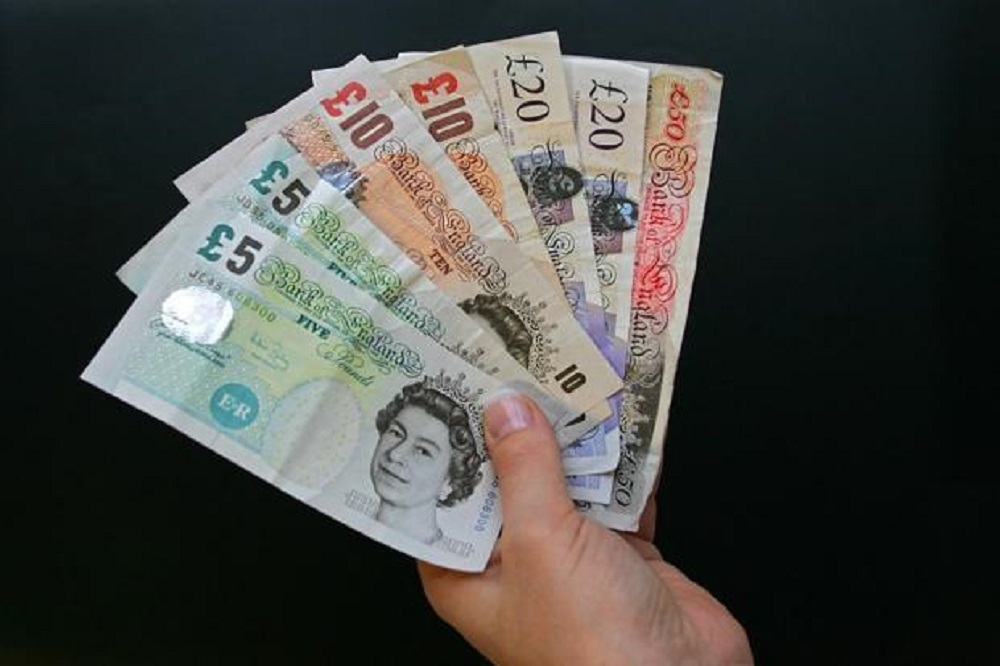Sterling: a good bounce-back trade?
Sterling could be the big bounce-back trade after new PM Sunak and new Chancellor Hunt are trying to clear up the mess.

Sterling has already bounced back a lot; to over 1.20 against the US dollar from below 1.04 less than a month ago.
>> UK's inflation pressure and impacts on GBP
It is fair to say that September was a pretty terrible month for sterling, what with that plunge in sterling/dollar to record lows after the infamous mini-budget of former Chancellor Kwarteng. New PM Sunak and new Chancellor Hunt are trying to clear up the mess. If they can do this, sterling could be the big bounce-back trade.
Of course, sterling has already bounced back a lot; to over 1.20 against the US dollar from below 1.04 less than a month ago. But that largely reflects the recent slide in the US dollar. What we are talking about here is not just a bounce-back against the dollar but a stronger performance against other currencies. On the surface, this might seem a fanciful suggestion.
If we think about the fundamentals of the economy for a second, we have an inflation rate of over 11% and real rates (using current inflation) of -8%. The economy is on the verge of tipping into a recession that will probably last longer than any other developed country. And, if all that is not enough, the country has a gaping current account deficit and a GBP60bn fiscal black hole that new Chancellor Hunt is going to try to plug in Autumn Statement.
Mr. Steve Barrow, Head of Standard Bank G10 Strategy, said it hardly seems the basis for a rebound trade. But if he thinks for a second about asset markets in the UK, and if the recent risk-on environment persists, there could be a case for the pound being one of the stronger performers, not amongst the weakest.

GBP/USD is in uptrend.
“If we take equities first, market performance has been poor, particularly in domestically focussed stocks which are down by around a quarter this year, and inflows into equities have been very weak as well. But this keeps the market cheap relative to its peers. Of course, that’s not mattered much for most of this year when risk-off sentiment dominated globally, and it mattered even less when the crisis-prone Truss-led government took control of the fiscal reigns for just over a month. But now, if the positive momentum in global equities continues, admittedly led by events in the US, not the UK, there seems good reason to think that the UK markets, and the pound could rebound particularly well”, said Mr. Steve Barrow.
On sterling itself, it does seem as if traders and investors are both wary and probably short. CFTC data still shows net short sterling positions against the US dollar, although they have been trimmed somewhat. In Mr. Steve Barrow’s view, if speculators are moving out of their sterling shorts, we could see longer-term investors do the same – if global asset prices continue to rise.
What about gilts? This market had the mother of all meltdowns in the wake of the Kwarteng budget and the near-death experience for some players in the pensions market. But now we’ve gone from a net GBP45bn fiscal spend to a likely GBP60bn, or so, fiscal claw back in today’s Autumn Statement.
No other advanced country is doing the same and, while we might wonder what this could do to the economy, it could make the gilt market relatively attractive in terms of both the outlook for gilt supply and the prospect that fiscal tightening will give the BoE the scope to start cutting rates before other central banks. This being said, we do have to bear in mind that the BoE is the first to actively sell its bond holdings, but others should follow in time.
“It looks as if there’s two sides to the sterling story. One is that the “fundamentals” look awful, and we don’t disagree with this at all. But the other side of the coin is that if financial asset prices are lifted on a global basis by US-inspired optimism, the UK could benefit the most and this could lift the pound across the board. Right now, we do err towards the glass-half-full view of sterling, largely because the global asset price environment seems supportive. What’s crucial for the future is that this stays in place”, emphasized Mr. Steve Barrow.








